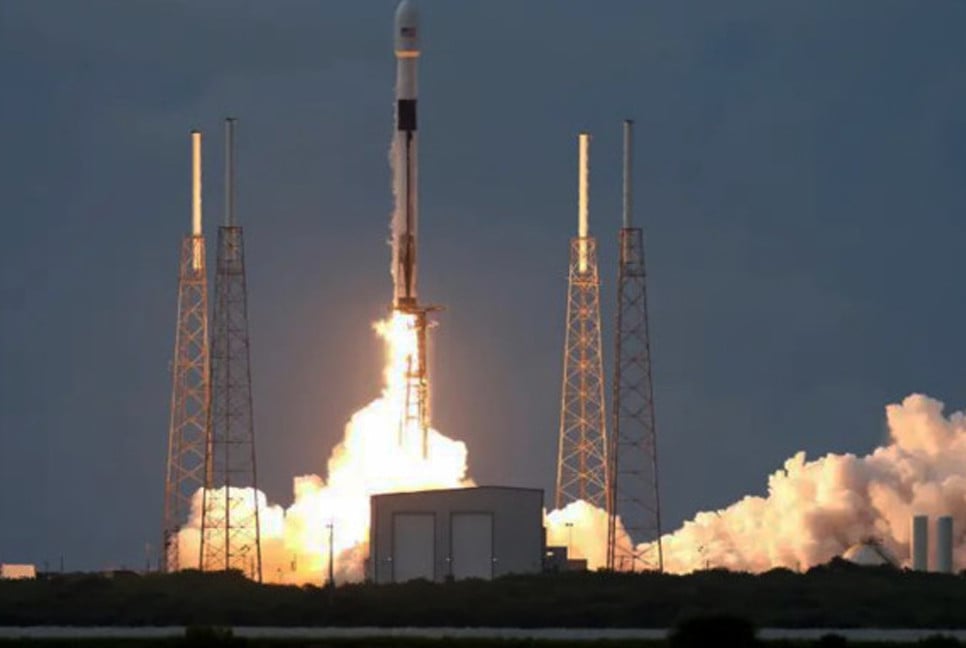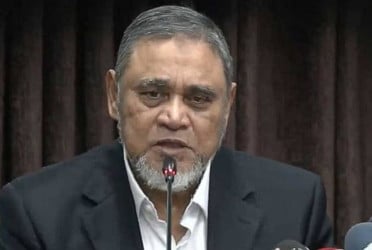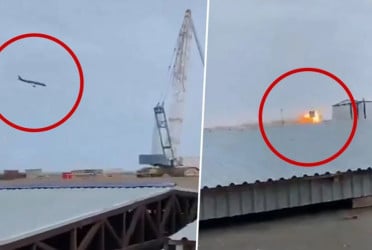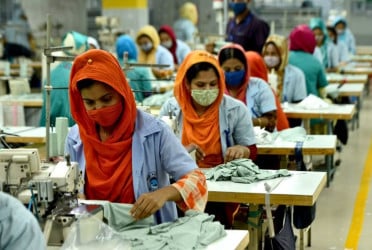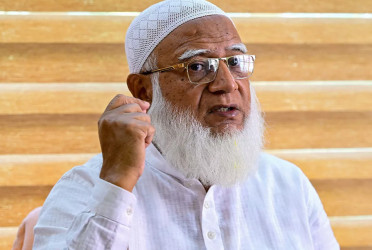When astronauts Suni Williams and Butch Wilmore left Earth for International Space Station nearly three months ago, they ditched their bags for a key piece of equipment. Helming the inaugural crewed flight test of Boeing’s Starliner spacecraft, they departed without their own toiletries and other personal comforts — expecting to return to Earth within a week or so.
They’ve now been on the space station for more than 11 weeks, however, and NASA announced Saturday that they would remain there through early 2025. Uncertainty around issues with their Starliner capsule has prompted the space agency to tap SpaceX to step in and return the astronauts on a Crew Dragon capsule instead, reports CNN.
NASA has said they’ve seamlessly integrated with the group, picking up everyday tasks aboard the orbiting laboratory.
As part of Crew-9 and the formal expedition, Williams and Wilmore will take up typical crew tasks, such as conducting spacewalks outside the space station, maintaining the orbiting laboratory and carrying out a tight schedule of science experiments.
And NASA previously confirmed the Starliner astronauts are prepared to make such a shift.
Joining Crew-9
SpaceX’s Crew-9 is a routine trip to the space station to replenish expedition staff. The mission had been slated to fly with four astronauts.
Under NASA’s new plan, however, two of those astronauts won’t make the journey. The Crew Dragon spacecraft will instead launch on its outbound flight with only two people aboard.
NASA astronauts Suni Williams and Butch Wilmore are greeted by the crew of the International Space Station on June 6, 2024.
Ballast, or hunks of metal that serve as dead weight, will fly alongside the two empty seats on Crew-9 to maintain the Crew Dragon’s centre of gravity, the space agency said during an early August news conference when explaining the contingency plan.
The two Crew-9 astronauts will then join Williams and Wilmore aboard the space station, and all four would round out the cast of Expedition 72, which will additionally include Russian cosmonauts and is expected to begin in September after a handover period.
Olympics in orbit
Already, the astronauts have fallen into some of that day-to-day labour. Recent updates from NASA said Williams and Wilmore have used their time so far for space station upkeep, inspecting hardware, organizing cargo, performing checks on Starliner, and assisting with science experiments and tech demonstrations.
In 2012, during an earlier trip to the International Space Station, Williams became the first person to finish a triathlon in space. She used a stationary bike, simulated swimming with a weightlifting machine and ran on a treadmill while strapped in by a harness so she wouldn’t float away.
Expedition 33 Commander Sunita Williams competed in the Malibu triathlon from space in 2012.
That feat came after she ran along with the Boston Marathon from the space station in 2007.
Extended stays in space
It’s not uncommon for astronauts to unexpectedly extend their stay aboard the space station — for days, weeks or even months.
Astronauts also routinely extend their stays on the station for days or weeks at a time for a variety of factors, including poor weather on Earth or other schedule adjustments.
Without a suitcase
Flying to the space station without the suitcases they had packed perhaps complicated the comfort of the Starliner astronauts’ extended stay. NASA opted to take their luggage off the spacecraft to make room for a much-needed pump to fix a malfunctioning toilet aboard the space station.
The two astronauts may have finally received a reprieve after a Northrop Grumman cargo resupply mission arrived at the space station earlier this month.
“We do like to keep our options open so we do have some items such as clothes … some personal food items for (Williams and Wilmore), things like that,” said Bill Spetch, NASA’s operations integration manager for the International Space Station Program, during a news briefing.
And there’s no indication that food supplies are dwindling anytime soon. Packed along the Northrop Grumman ship’s 8,200 pounds of science experiments and cargo was a food haul that included meals and produce such as squash, radishes, carrots, blueberries, oranges, apples and coffee, according to Spetch.
Weigel also said Saturday that the space agency tends to keep about four months of food and water reserves on board the space station. The Northrop Grumman resupply trip helped replenish those reserves, leaving plenty of extra food on board for the ISS crew.
Still, NASA said it needed to make a quick decision about how Williams and Wilmore would return to Earch because the space station’s stores of food and other resources are not unlimited.
“We need to bring those folks home and get back to a normal crew size on the ISS,” said Ken Bowersox, NASA’s associate administrator for the Space Operations Mission Directorate, earlier this month.
Bd-pratidin English/Fariha Nowshin Chinika





